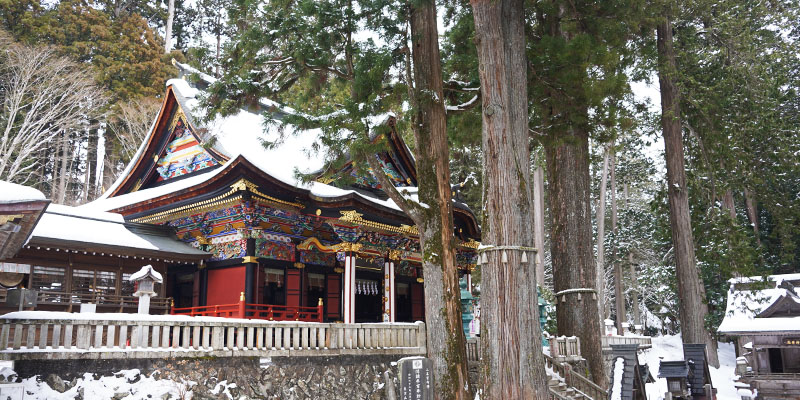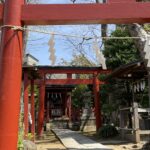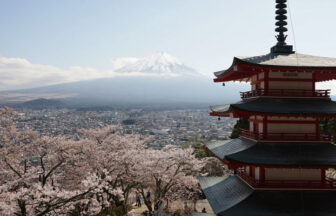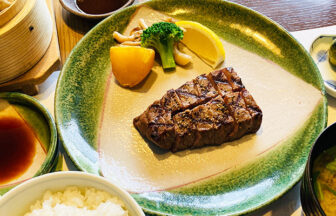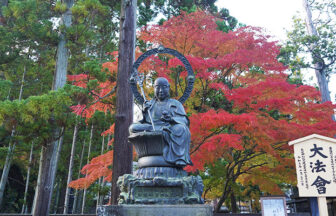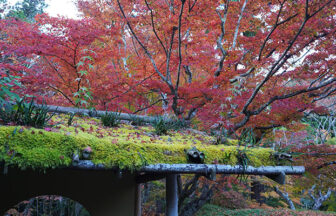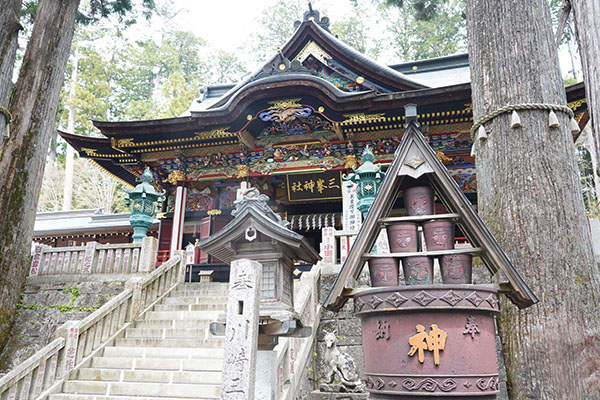
Overview
As a resident who has lived in Saitama Prefecture for over 30 years, I can strongly recommend Mitsumine Shrine, one of the three shrines in Chichibu along with Chichibu Shrine and Hodosan Shrine, as the best tourist spot in Saitama.
From mid-8th century, this shrine has a long history as a mountain of Shugendo or Japanese mountain asceticism-shamanism incorporating Shinto and Buddhist concepts, and it’s said that it gradually came to be a Shinto-Buddhism syncretic one.
I’ve visited the shrine in all four seasons, but its precincts are often foggy. Considering the altitude, it might be more correct to say that we are in the clouds, but the shrine is truly shrouded in a mystical atmosphere.
Mitsu-torii Gate

The torii gate has a peculiar form, combining two smaller torii gates on either side of one Myojin torii gate. I hear there is an official way to pass through the gate, but unfortunately I haven’t been able to practice it.
Messenger of Deities
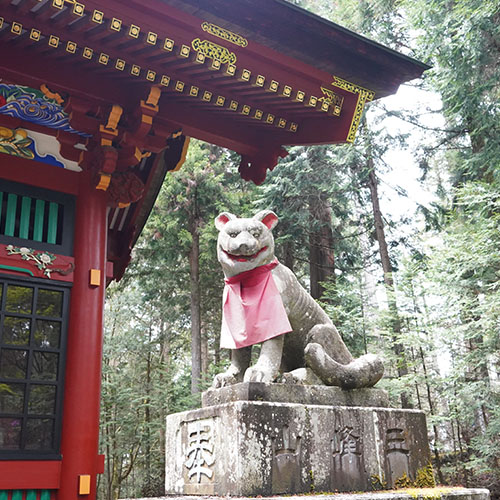
Wolves have a strong image of villains in the West. Really interesting is the belief that they’re “messengers of the deities” who prey on deer and wild boars, which have been regarded as pests that destroy crops.
Zuishinmon Gate
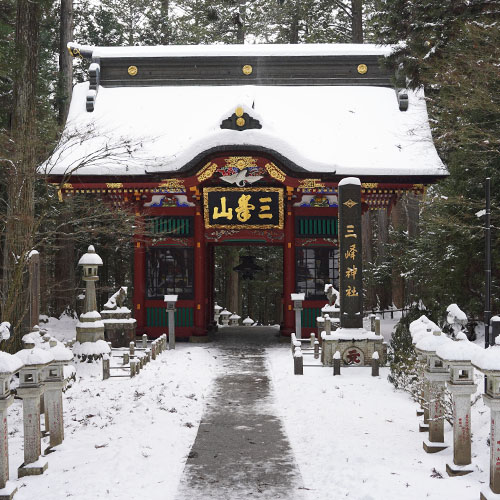
The large and splendid gate, rebuilt in 1792 and renovated in 1965, is overwhelming. When you pass through it, you feel that you are in a sacred area.
Dragon God
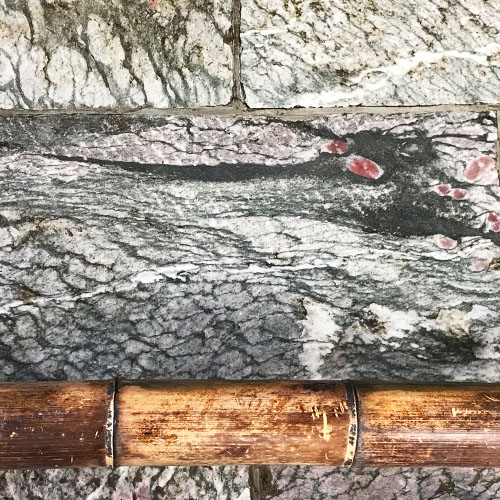
The dragon god on paving stones, which is considered auspicious, suddenly appeared in 2012, the year of the dragon in Chinese zodiac. When you pour water from a pail, you can see a powerful dragon with red eyes popping out.
Bronze Torii Gate

From the Zuishinmon Gate, you can walk along the gravel approach surrounded by lanterns, and beyond the bronze torii gate built in 1845 at the top of the stone steps, you can see the ornate worship hall.
Shigetada Cedar

The sacred cedar trees on both sides of the main shrine are over 800 years old. The cedar is a spot full of life. For that reason, the part that visitors touch is characterized by the fact that the color of the wood changes.
White Lucky Charm
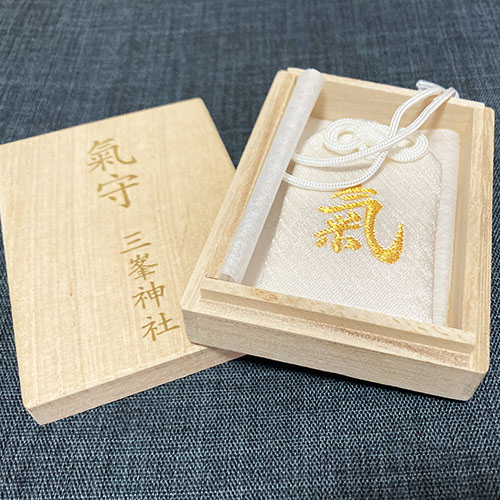
The “white” charm had been distributed only on the 1st day of every month at the shrine. Thanks to rumors that former figure skater Asada Mao had one, its popularity became so great that traffic jams caused a serious problem on the day of distribution. The distribution is currently suspended, but I fortunately received one on November 1, 2017.
Walnut Soba
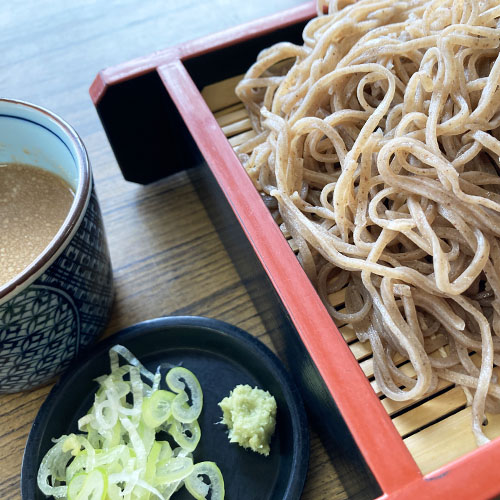
Soba is one of Chichibu’s specialties, so after worshiping at the shrine, I enjoyed soba with walnut soup at Ohshimaya, a restaurant in front of the Mitsu-torii Gate.
Okunomiya
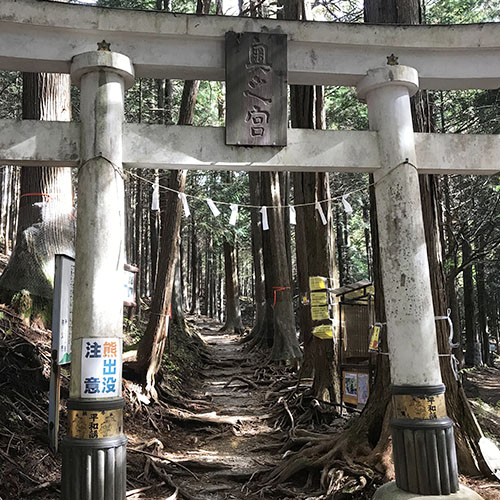
To get to Okunomiya or the inner sanctuary, go back to the Mitsu-torii Gate and follow the forest road behind the souvenir shops and restaurants. There are a sign warning of bear sightings at the entrance and a difficult place where you proceed along the chain attached to the steep, rocky slope in front of Okunomiya.
Basic information
| Access | Mitsumine Shrine Line, Seibu Sightseeing Exress Bus |
| Visiting Hours | 9:00 am ~ 5:00 pm |
Relating Tours
If you have any feedback, please fill in the following form. Your message will be sent to the author of this article. Thank you for reading!!

